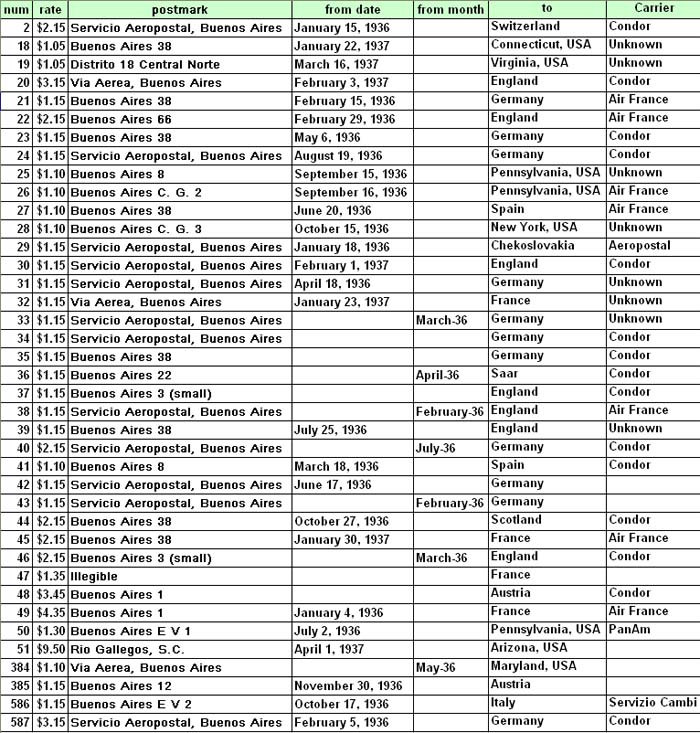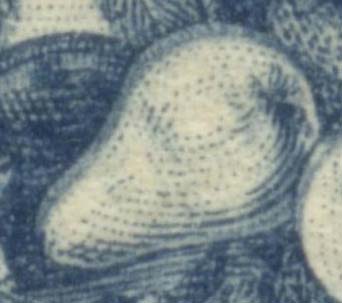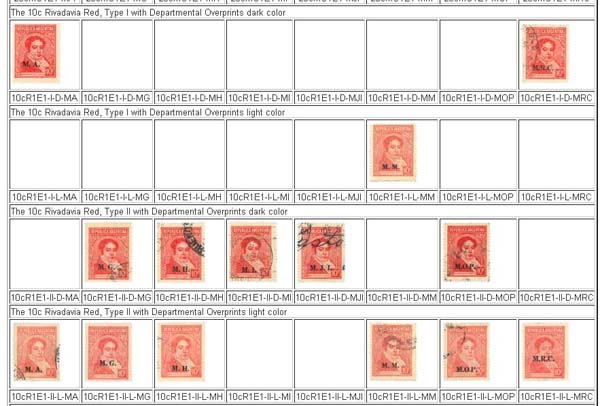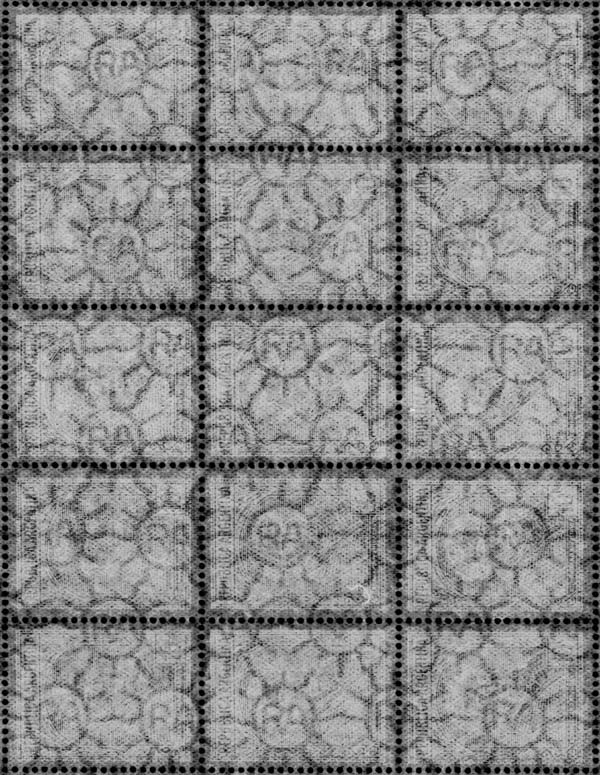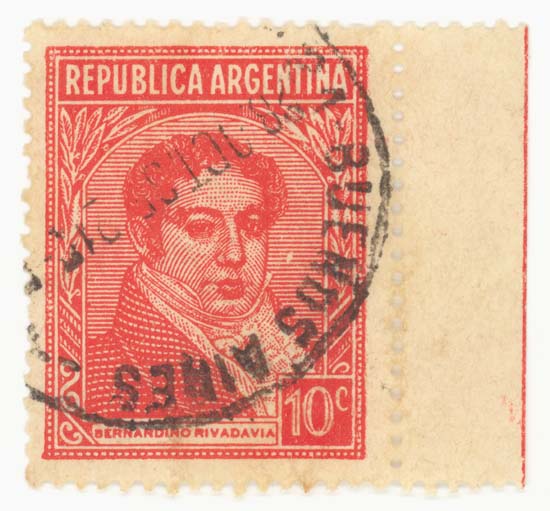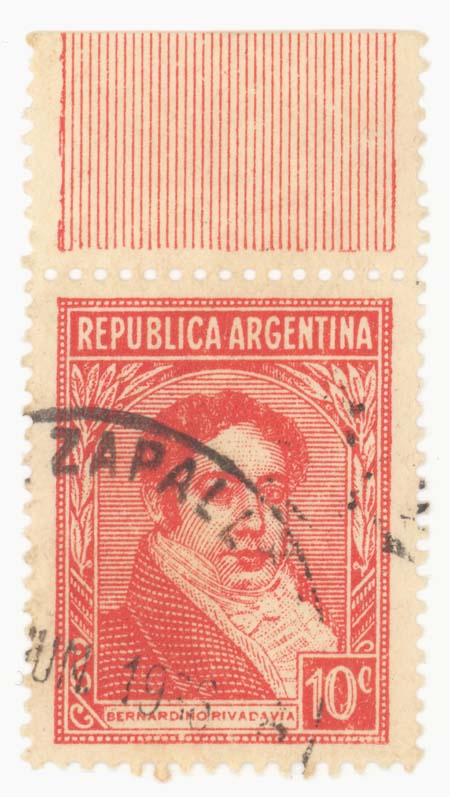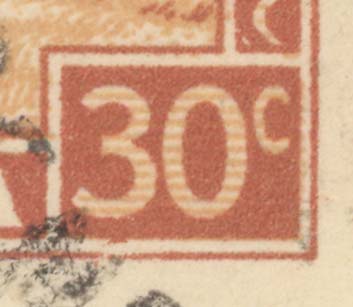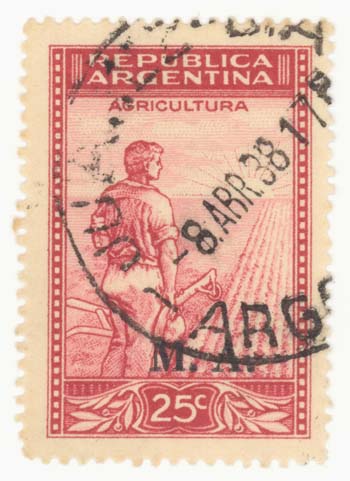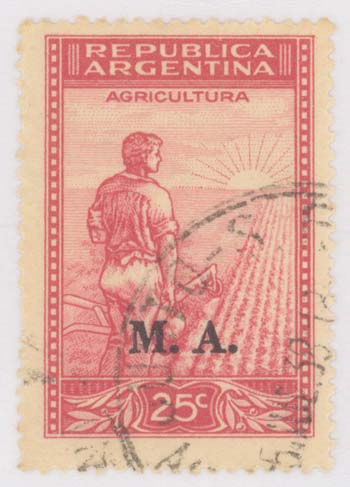Now that I have scanned a large number of these stamps with the ondulating rays watermark from 1935 to 1941, I aim to describe all of the early printings-those over the first two papers, 1E1, and 1E2.
Durante my brief foray into the M.A. Departmentals, I noticed that all 25c are from 1937 and 1E2, and all 30c are from 1936, and 1E1.
This is my plan towards an issue chronology during 1935/36/37:
1. The 1E1 "cents" issues from October 1, 1935 (1/2c, 1c, 2c, 3c SM green, 4c gray, 5c offset, 6c, 10c I typographed, 12c brown, 20c JMG)
2. The Departmentals for this group 1, all placed in circulation end of 1935 and beginning 1936.
3. The 1c, 5c, 10c II typographed, and the offset 15c dark blue cattle, 20c MG light blue, and the values between 25c and 20 pesos ( 1 peso only with boundaries) all on the 1E1 paper.
4. The Departmentals for this group 3, all placed in circulation throughout 1936 (5c typographed, 10c II, 15c, 20c MG, 25c, 30c, 50c, 1p without boundaries).
5. The 1 peso without boundaries 1E1 and 1E2, from February 1937 onwards. This stamp may be our best shot to define the issuing boundary between the 1E1 and the 1E2 paper.
6. The Departmentals for this group 5.
7. The 'cents' issues on the 1E2 paper, for which so far I only find the 1/2c?
8. The values from 25c to 20 pesos on the 1E2 paper, for which I do not find only the 2p, 10p, and 20p. It may be that these stamps do exist.
9. The Departmentals for this group 8 (on the 1E2 paper) for the 25c, 30c, 50c, 1p without boundaries.
An for each of these we need to determine which come with the watermark reading horizontally or vertically. Reminder of what the 1E2 looks like:
Horizontally:

Vertically:

A lot went on during the first two and a half years of issue for these stamps!
I hope I get some help with this work. If you use the 25c M.A.'s as guides, they are all 1E2. And if you use the 30c M.A., they are all 1E1.
